Maiden and So Much More
Published on August 5th, 2019
by Molly Mulhern
You may have heard that the movie “Maiden” is recently out in wide release in the US. Not your usual Hollywood saga, the movie tells the story of Tracy Edwards’ round-the-world race in the boat of the movie’s name.
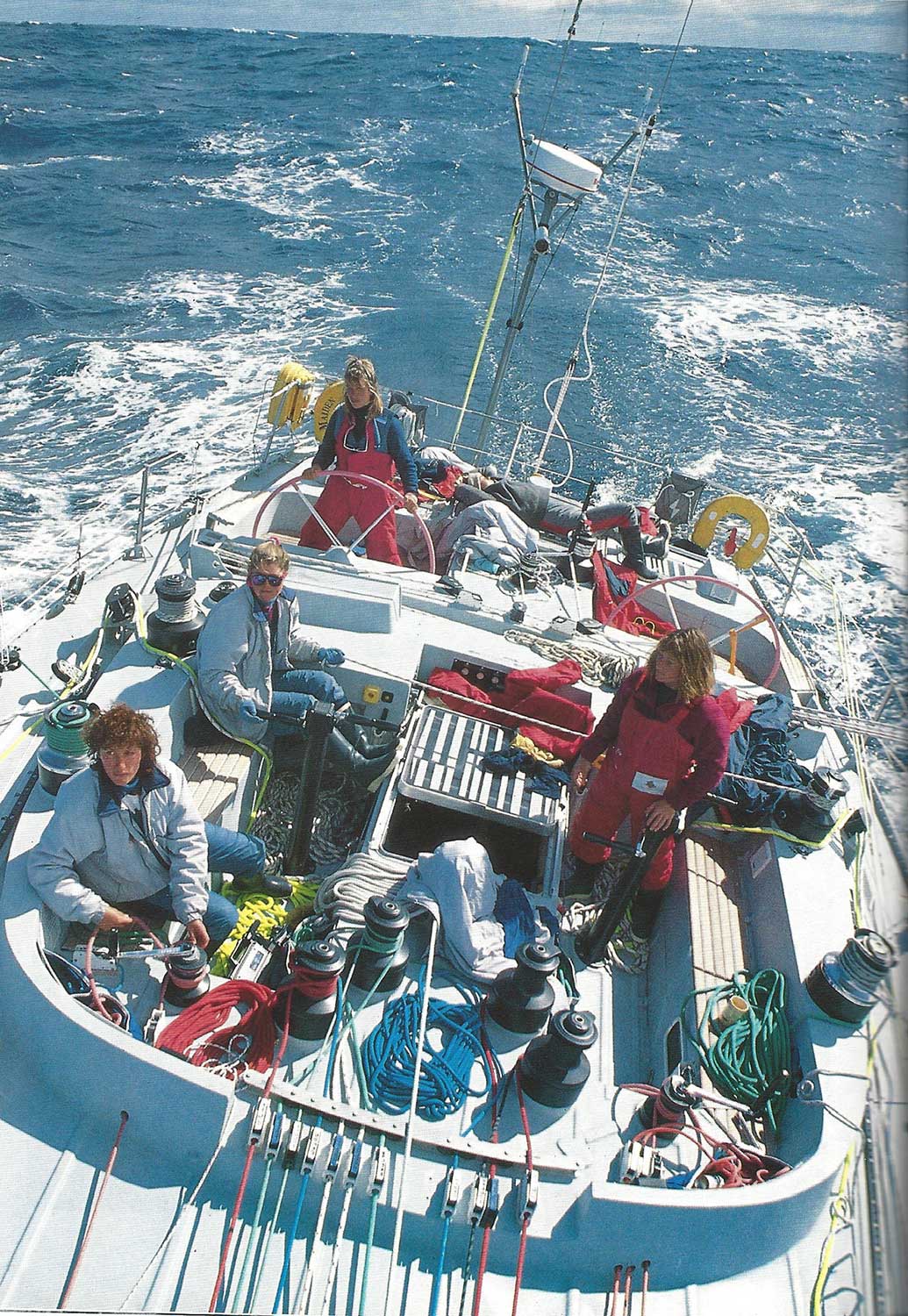 I was privileged to watch the movie in our local Rockland, Maine, independent movie theater, The Stand, with 10 or so colleagues from our local boatbuilding and community sailing school known as The Apprenticeshop. It was a fitting group – young and old, women and men, some of us having sailed since our teen years, some ex-Hurricane Island/Outward Bound instructors, some brand new to sailing and boatbuilding.
I was privileged to watch the movie in our local Rockland, Maine, independent movie theater, The Stand, with 10 or so colleagues from our local boatbuilding and community sailing school known as The Apprenticeshop. It was a fitting group – young and old, women and men, some of us having sailed since our teen years, some ex-Hurricane Island/Outward Bound instructors, some brand new to sailing and boatbuilding.
There were many “Oh sh*ts” mumbled knowingly as Southern Ocean waves crashed along Maiden’s bow, and as we watched Tracy—all of 27 years old—in the nav station, charts, dividers, and weather data strewn about her, charting a course for Maiden through the parade of Roaring Forty lows.
The movie does a good job of remembering the events of that Whitbread campaign, introducing us to the crew back then and hearing from their more recent selves, as well as providing background on Edwards’ youth and her first sailing experiences.
The film is a time piece, and yet—as one who has spent her career in the nautical field, and still sees so many signs of the same attitudes that held Edwards back, I couldn’t help but feel a partial sense of “things aren’t that much different now” as I watched the closing credits.
I know that sounds defeatist—things have incrementally improved—as witness any big ocean regatta these days and you’ll find more women on deck, some even at the helm. But a sense of “damnit” lingered as I walked out of the theater.
What the movie didn’t delve into, or hint at, was Tracy’s next big thing in the wake of the Whitbread. After the dust settled Edwards couldn’t resist the call of another round the world record—and she chose to campaign again with an all-woman crew.
Despite the clear strain of finances Edwards found the means in 1996 to buy ENZA, the 92-foot catamaran on which Sir Peter Blake and Robin Knox-Johnston had broken the round-the-world record in 1994.
Edwards again mortgaged most of her life, refitting the multihull, and finally secured backing, renaming and relaunched her as Royal Sun Alliance in 1997. The all-female crew departed February 1998, headed to the Southern Ocean on a quest for the Jules Verne Trophy, given to the fastest circumnavigation of the world by any type of yacht.
Edwards’ knack for pulling together a crew shines through again in this endeavor. In addition to nine veterans, she had the courage and insight to hire aboard two rather young crew—one of them Sam Davies and the other Emma Richards.
If you know anything about women who have made a mark in the sailing and racing world you know these two women, and thus begin to understand the bigger contribution that Edwards has made to our sport by supporting the sailing dreams of other women—and providing them a unity of purpose unlike no other.
If only “Maiden” had given us the visuals from this Jules Verne Trophy trip. Emma Richards, in her autobiography Around Alone, provides a window: “The major dramas were the storms in the Southern Ocean…we took relentless beatings for days at a stretch in freezing conditions and with noise levels so extreme you couldn’t hear yourself scream.
“The wind would rush from 30 knots to 40, then up again to 50 and above. This was combined with waves of 40 feet and more, each one carrying thousands of tonnes of water. From the helm you’d see nothing but a foaming mass of white, when you could see anything at all.”
What Richards—at 22—learned on this trip was that she was a damned fine helmswoman. The confidence gained changed lives, especially for Emma Richards and Sam Davies. (In 2014 Davies went on to skipper Team SCA, the second all-female crew [after 25 years] in the current version of the Whitbread, known as The Ocean Race.)
As Richards writes: “Coping with what the ocean was throwing at us ended up being among the high points of my voyage. All my personal highs involved situations where I felt like a valuable member of the team, and not just the youngest nipper. One of those came during the fifth week as we were battling against another mad storm and high seas.
“All the wind instruments went down. It’s imperative in a fast boat like that to know where the true wind is coming from and we had no way of telling. I had to steer the boat for a long, long time without relief while someone stood behind me reading the numbers. I could barely see because of the power and volume of the water in my face. There was no moon, no stars, no light. I was just staring into the blackness trying to pick up the outlines of the waves. I was steering on instinct.
“Tracy later described it ‘like running along a cliff top and never once slowing down or pulling away because you are scared of heights or of the wind.’ She went so far as calling it a ‘sixth sense’ and even ‘genius.’ I don’t know what it was but it was bloody painful.
“When I could continue steering no longer I almost toppled off the wheel because my shoulders ached so badly. All I wanted to do was get dry and lie down but I felt good about my sailing and good that I was contributing to something meaningful.”
(I won’t give away the details of how that trip ended—suffice it to say I think that story would have made an incredible add-on to “Maiden.” Talk about seamanship, calm, cool, professional sailors….)
Edwards greatly influenced many women during these two campaigns, and with the release of “Maiden” she is continuing this role, having refloated the old Maiden and gotten her to sea again, providing a new platform for growth and encouragement of women sailors (see themaidenfactor.org).
On a personal note, I read Tracy’s autobiography Living Every Second as I was solo biking in Nova Scotia this summer. I had not yet seen “Maiden,” but I was anticipating my own small sailing adventure in the form of the delivery of our 34-foot boat from Halifax back to Penobscot Bay.
Harboring my own fears concerning not only my sailing skills but also my propensity for seasickness, I was greatly relieved to read that Edwards has always suffered from mal de mar, and has just simply taken medication for it. I was stunned—and grateful for her open-hearted honesty.
The book, like the movie, exposes Edwards’ many, many angst-filled moments, and weeks. Edwards was an emotional wreck much of the time. And it is this humility, honesty, and humor that strike me as much of what Edwards has taught us. Thank you, Tracy, and all the women out there sharing their fears, triumphs, and teamwork. We are all enriched and empowered by your lives.


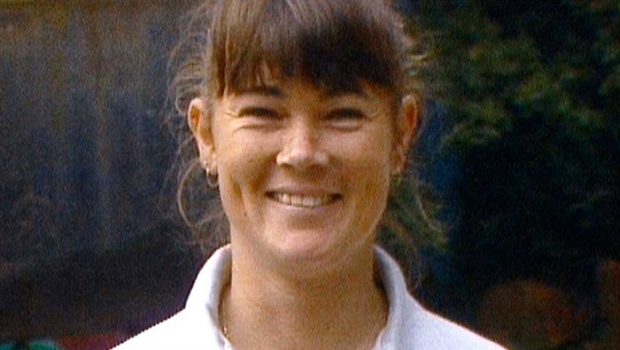

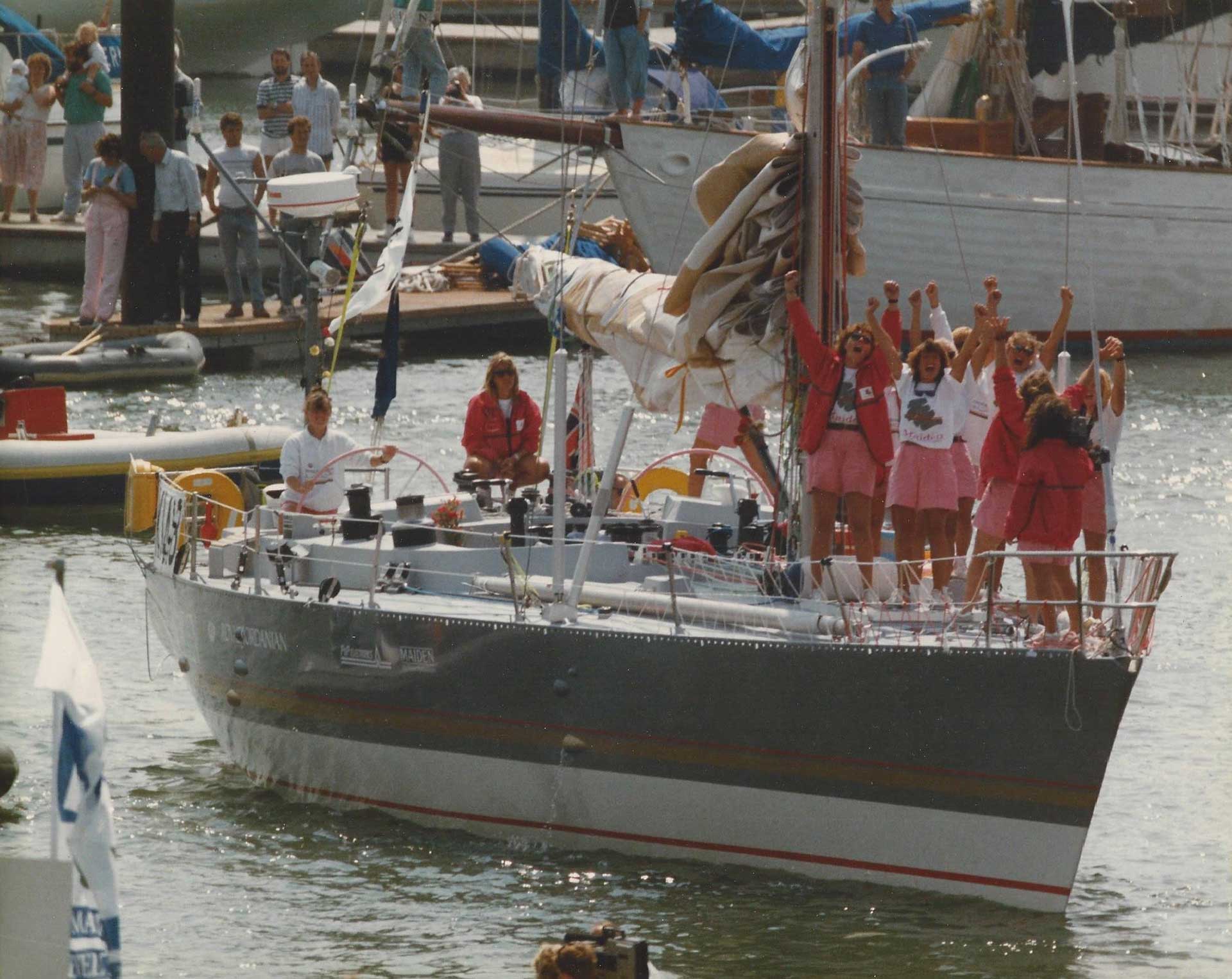
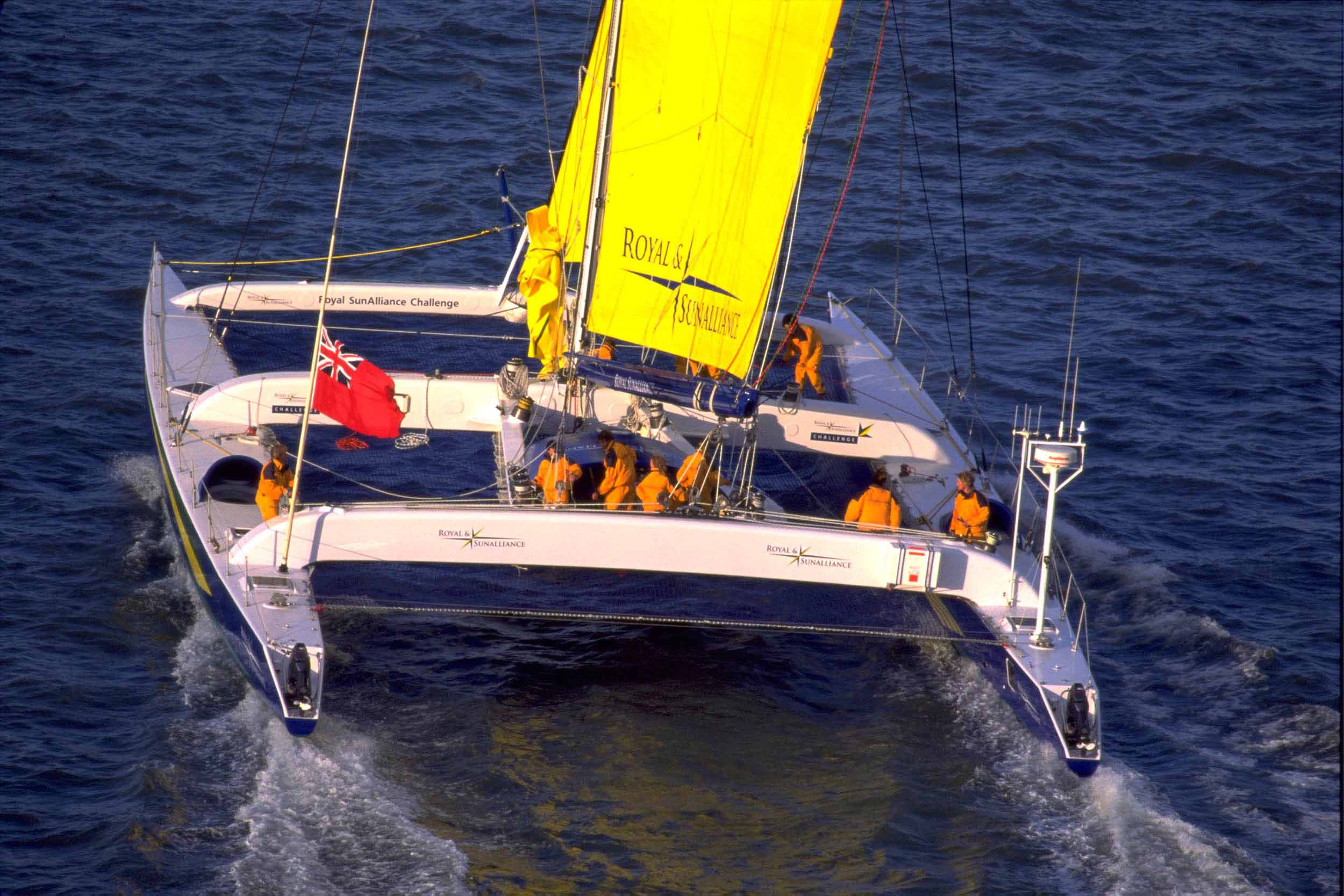



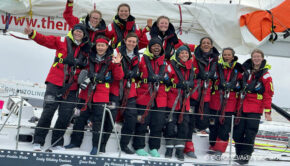
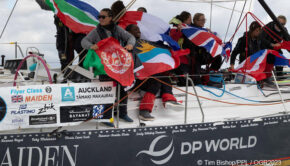
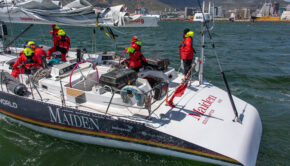
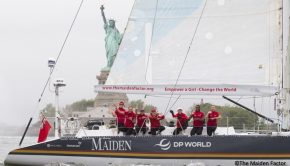
 We’ll keep your information safe.
We’ll keep your information safe.